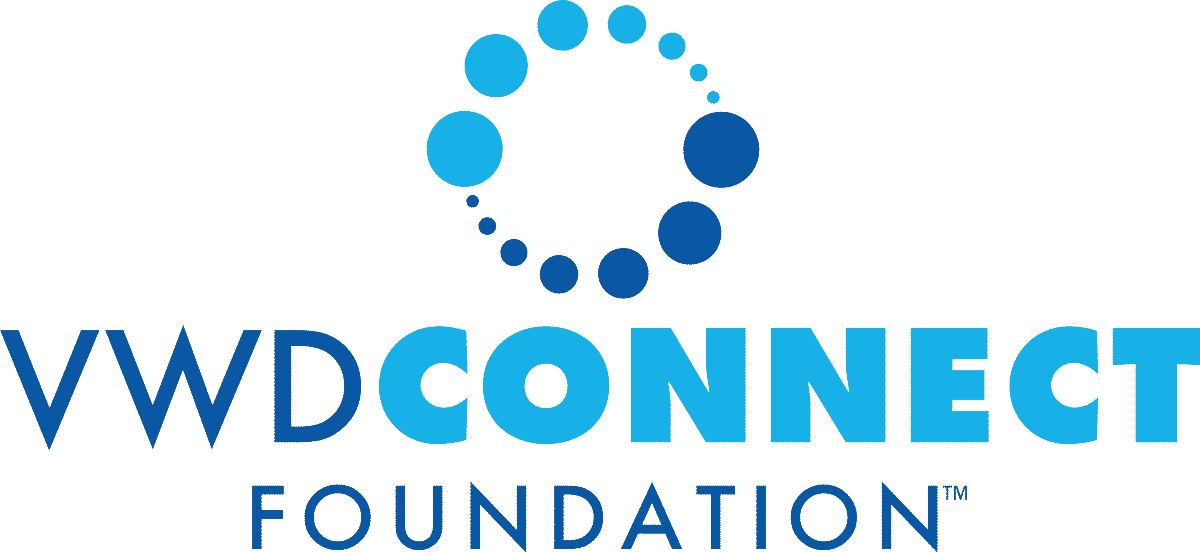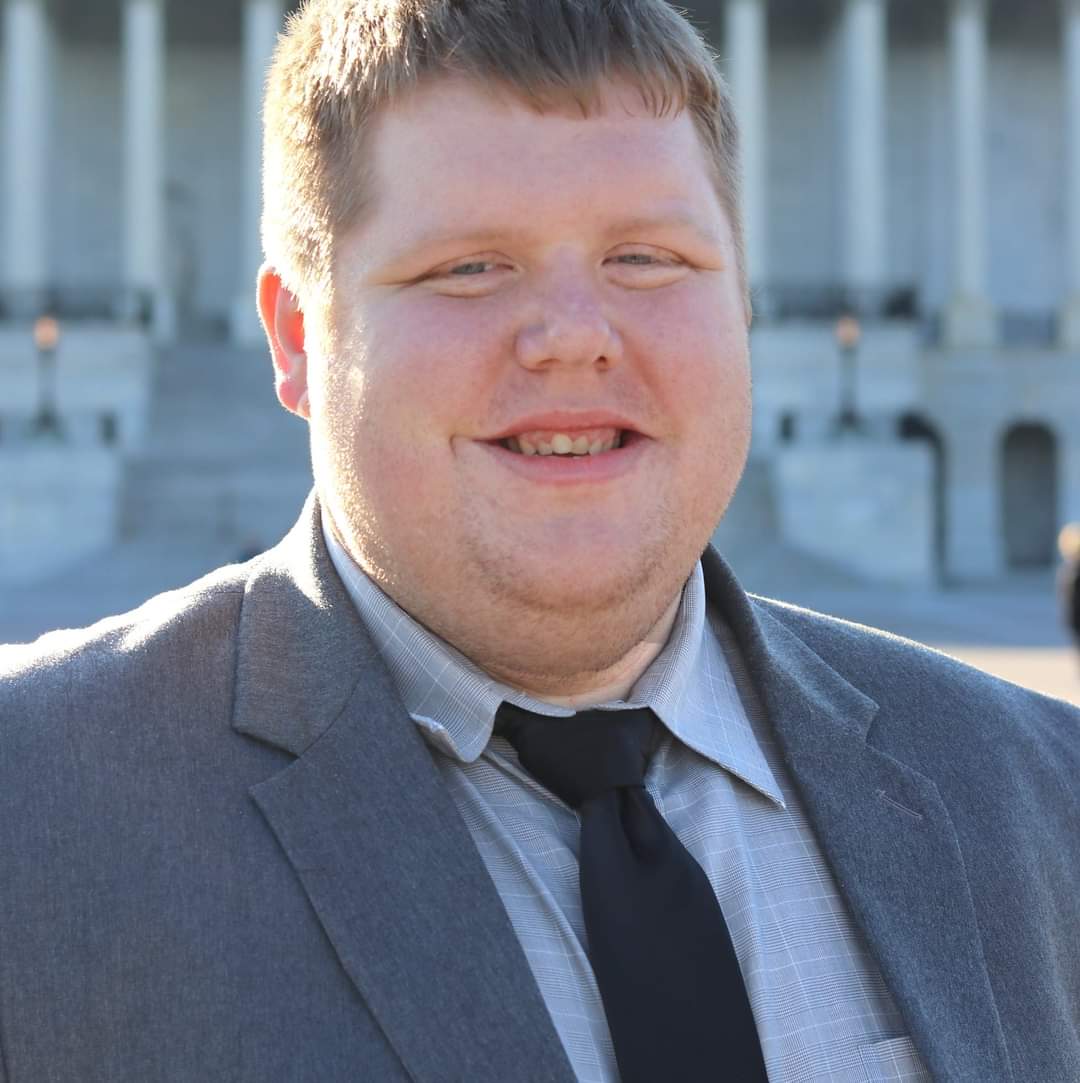
Spotlight Von Willebrand Disease
Cody Kester: Patient, Advocate, High Gear Activist
By Cindy Connelly
Cody Kester has Type 3/Severe Von Willebrand Disease. He is four months into his job as a volunteer fireman for hometown Alma, Arkansas and neighboring communities. At 6’4” and 400 lbs., and an admittedly large “squash”, his Chief had challenges finding the right gear as Kester set out to fulfill his 160 hours of classroom training before being deployed on his first on-call emergency. But the fates have a sense of humor. The topic of his initial class turned out to be “bleeding and tourniquets” and in his own words, “I had that one nailed”………
Cody Kester turned 28 at the end of August. Spending time with him on an animated ZOOM call it is easy to forget his youth because he has done so much, witnessed and processed so many events that he feels a bit like an old soul. That old soul is impatiently wrestling with a guy eager to get going on his bucket list; which could impact thousands with VWD.
Banana Boy
Cody was originally diagnosed with Type 3/Severe Von Willebrand Disease when he was learning to walk. In a freak accident he fell and banged himself up on a couch. So badly bruised, his injury was mistaken for child abuse and he was removed to protective services until it was concluded he had Type 3 VWD. Both parents and a younger sibling all tested negative.
From there began years of helicoptering parenting, “smothering mothering” and several doctors suggesting he would probably not see his 18th birthday. Cody recalls vividly, “The only time I was out of my mother’s sight was when she was at work or I was asleep……and stay home, take your medication and stay safe were pretty much how we lived.”
For Cody, elementary school was extremely difficult. He was called “Banana Boy” because of his constant bruising and most kids distanced themselves thinking he was contagious. The bullying was intense and the cycles of being in school one day and out the next few made learning “next to impossible.”
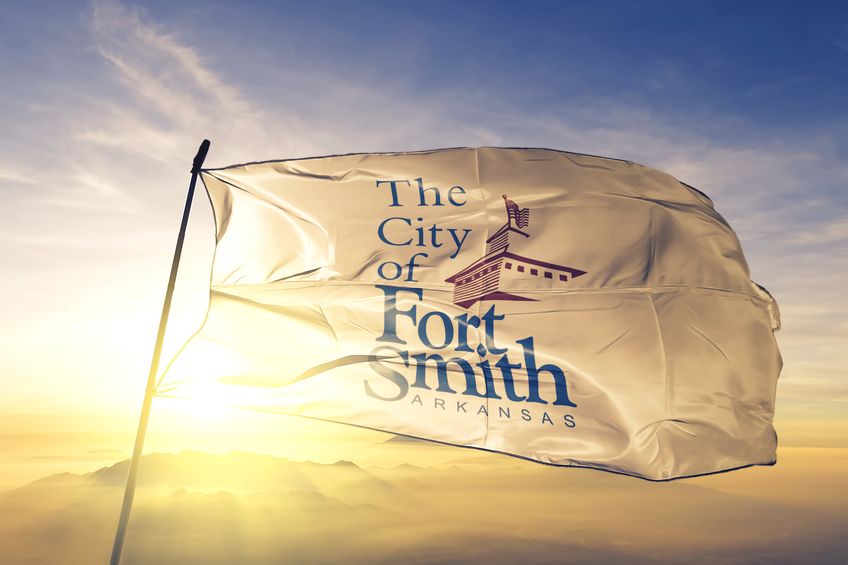 By the 7th grade Cody was flunking out because of surgeries and infections. He was required to repeat it while at the same time dealing with emerging anger issues that would consume him for the next several years. “I was so angry that I wouldn’t tell my parents I was bleeding. I didn’t understand anything about genetics but I knew I wanted to blame someone. Who do I blame for this disease? Why can’t I be normal?” These were questions that burned for Cody as a teenager.
By the 7th grade Cody was flunking out because of surgeries and infections. He was required to repeat it while at the same time dealing with emerging anger issues that would consume him for the next several years. “I was so angry that I wouldn’t tell my parents I was bleeding. I didn’t understand anything about genetics but I knew I wanted to blame someone. Who do I blame for this disease? Why can’t I be normal?” These were questions that burned for Cody as a teenager.
When high school came into the picture the concept of starting fresh in a new school sounded interesting. Yet for many in the school system Cody had become a liability, and he entered a Home Bound program. Here, he was taught from the 9th through the 12th grade, but with severe limitations. He was schooled 2 hours a day, 2 days a week, in 2 subjects (science and math), by the same 7th grade teachers, in a building across town. He made no friends and had no social interactions.
Thinking about this in retrospect he asserts: “I had no history classes, no reading, writing or composition, no computer science, no physical education. What I had for three years was a 7th grade education in 2 subjects. I had no idea how much I didn’t know until one day my dad asked me about Alexander Hamilton. I replied, ‘who’s that?’ That pretty much summed up {Home Bound} for me.”
Tom Sawyer
Cody took the next year off while the public-school system managed to cobble together the necessary credits to earn him a H.S. Diploma and his anger morphed into caustic teenage wit and sardonic humor.
And important change was in the wind.
Tradition had it that each year he baked Thanksgiving pies for his grandmother. At 5 ft. 80 lbs. soaking wet she had been a lifelong teacher. That particular Thanksgiving she cornered Cody asking “have you applied to college?” Relentless, she asked every day until he finally agreed to take the Compass Test. He failed it twice. Determined, he registered with the local Adult Education program, watched endless You Tube learning videos and started reading. The third time taking Compass was the charmer. He passed and was accepted into the University of Arkansas, bypassing the need for any remedial courses.
It seems fitting the first book he ever finished was Tom Sawyer.
VWD & College
After experiencing Banana Boy in early childhood, college proved dramatically different. His management of Von Willebrand Disease had matured Cody in ways he could now articulate. “Though I did not ask, want, or expect any accommodations, professors were very forgiving, especially when I explained my bleeding disorder. I cited my need to sit by the door: if I bleed, I simply leave. I found I got a lot of support from them, and from friends. I met a majority of my current friends {there} and I’d describe their chiding as ‘jovial jests’. Like when I’d eat potato chips they would kid me not to crunch and bleed.”
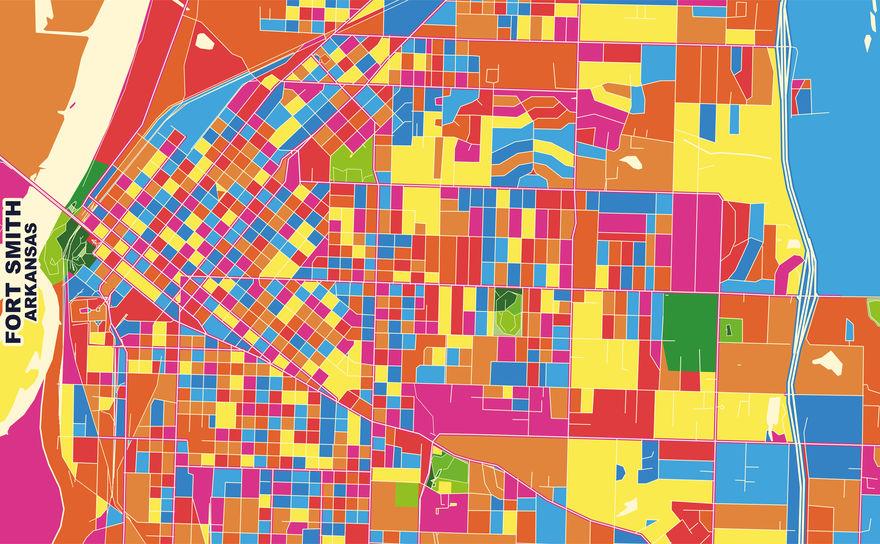 Cody had eclectic interests at the University; switching majors and demonstrating deep curiosity for the law, medicine, teaching and other disciplines. He graduated with honors with a degree in criminal justice.
Cody had eclectic interests at the University; switching majors and demonstrating deep curiosity for the law, medicine, teaching and other disciplines. He graduated with honors with a degree in criminal justice.
Life With, For, and About Type 3/Severe VWD
As an outsider peeking in it is easy to see how Von Willebrand Disease owns the life of Cody Kester. Yet because of VWD Cody has launched a journey now filled with creativity, advocacy, and high gear activism.
When he was 7, Cody and his younger brother, along with best friend Austin Holland (a severe Hemophiliac) went to Camp Nopokamee in Little Rock. Cody and Austin later became counselors and now serve as Co-Directors of the Camp and its Foundation. The non-profit camp organizes volunteers and medical staff to provide a camping experience for kids with severe bleeding disorders. This year the camp was closed because of COVID and it broke Kester’s heart to disappoint campers who look forward all year long to this time of “normalcy”.
In 2017 Kester began serving a 2 year term as President of the Hemophilia Foundation of Arkansas. His primary role at the Foundation was oversight of its committees for events, training, and advocacy, and serving as the Foundation presence at conferences. Of this experience he recalls, “I was only 25 in this role and a sponge in absorbing everything around me. My VWD has made me very driven to help inform younger generations about this disease. The older I get the more I see there is a lot of good to be done.”
In 2018 Cody was part of the Young Advocacy Summit sent to Washington by the Hemophilia Foundation of America (HFA) to educate, advocate, and inform state senators and legislators about bleeding disorders; particularly as they impact The Affordable Care Act, pre-existing conditions and concerns of marginalized citizens.
In 2019 he joined AFFIRM (A Fellowship For Integrating Responsible Mentors). An international advocacy and leadership development program designed to mentor men and women with bleeding disorders, AFFIRM requires a two-year commitment from Kester. Its goals are ambitious: to harness and empower young adults like Kester to change attitudes, treatments of care, and quality of life for those with bleeding disorders.
A Menagerie of Influences
Many people have influenced Cody Kester’s short but rapidly evolving life. He refers to these guiding stars as his “menagerie”, and he has thoughtful compartments in which he has calculated their unique contributions.
His grandfather’s advice was “say yes to every opportunity given to you…and then ask for help.” According to Kester, “this says a lot about your character….. it implies you’re willing to take risk and also gives you room to accept the support you need to succeed.”
“My grandmother was my GPS and all about going to college. To her, A plus B equals C. It’s all a matter of sequencing.”
“Getting connected to VWD Connect Foundation has changed my world. I went to its first conference in 2017 and discovered I was not alone but among a ‘family’ with Type 3/Severe VWD. In 2019 I came eager for specific information around new treatments and more. I needed to have my wisdom teeth out and I left that conference with an appointment and plans all locked in place for me. That was amazing access to expertise found right there.”
For sure, Cody Kester will be a future “influencer” of someone with VWD. Because as he puts it “I’m ready to give back.”
Cindy Connelly is a marketing strategist and communications writer living in Boston.
To find out how you can be a part of VWD Connect Foundation, please visit our Donation page and consider becoming a volunteer.
Spotlight Von Willebrand Disease
Cody Kester: Patient, Advocate, High Gear Activist
By Cindy Connelly

Cody Kester has Type 3/Severe Von Willebrand Disease. He is four months into his job as a volunteer fireman for hometown Alma, Arkansas and neighboring communities. At 6’4” and 400 lbs., and an admittedly large “squash”, his Chief had challenges finding the right gear as Kester set out to fulfill his 160 hours of classroom training before being deployed on his first on-call emergency. But the fates have a sense of humor. The topic of his initial class turned out to be “bleeding and tourniquets” and in his own words, “I had that one nailed”………
Cody Kester turned 28 at the end of August. Spending time with him on an animated ZOOM call it is easy to forget his youth because he has done so much, witnessed and processed so many events that he feels a bit like an old soul. That old soul is impatiently wrestling with a guy eager to get going on his bucket list; which could impact thousands with VWD.
Banana Boy
Cody was originally diagnosed with Type 3/Severe Von Willebrand Disease when he was learning to walk. In a freak accident he fell and banged himself up on a couch. So badly bruised, his injury was mistaken for child abuse and he was removed to protective services until it was concluded he had Type 3 VWD. Both parents and a younger sibling all tested negative.
From there began years of helicoptering parenting, “smothering mothering” and several doctors suggesting he would probably not see his 18th birthday. Cody recalls vividly, “The only time I was out of my mother’s sight was when she was at work or I was asleep……and stay home, take your medication and stay safe were pretty much how we lived.”
For Cody, elementary school was extremely difficult. He was called “Banana Boy” because of his constant bruising and most kids distanced themselves thinking he was contagious. The bullying was intense and the cycles of being in school one day and out the next few made learning “next to impossible.”
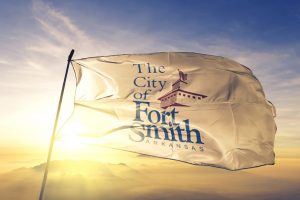
By the 7th grade Cody was flunking out because of surgeries and infections. He was required to repeat it while at the same time dealing with emerging anger issues that would consume him for the next several years. “I was so angry that I wouldn’t tell my parents I was bleeding. I didn’t understand anything about genetics but I knew I wanted to blame someone. Who do I blame for this disease? Why can’t I be normal?” These were questions that burned for Cody as a teenager.
When high school came into the picture the concept of starting fresh in a new school sounded interesting. Yet for many in the school system Cody had become a liability, and he entered a Home Bound program. Here, he was taught from the 9th through the 12th grade, but with severe limitations. He was schooled 2 hours a day, 2 days a week, in 2 subjects (science and math), by the same 7th grade teachers, in a building across town. He made no friends and had no social interactions.
Thinking about this in retrospect he asserts: “I had no history classes, no reading, writing or composition, no computer science, no physical education. What I had for three years was a 7th grade education in 2 subjects. I had no idea how much I didn’t know until one day my dad asked me about Alexander Hamilton. I replied, ‘who’s that?’ That pretty much summed up {Home Bound} for me.”
Tom Sawyer
Cody took the next year off while the public-school system managed to cobble together the necessary credits to earn him a H.S. Diploma and his anger morphed into caustic teenage wit and sardonic humor.
And important change was in the wind.
Tradition had it that each year he baked Thanksgiving pies for his grandmother. At 5 ft. 80 lbs. soaking wet she had been a lifelong teacher. That particular Thanksgiving she cornered Cody asking “have you applied to college?” Relentless, she asked every day until he finally agreed to take the Compass Test. He failed it twice. Determined, he registered with the local Adult Education program, watched endless You Tube learning videos and started reading. The third time taking Compass was the charmer. He passed and was accepted into the University of Arkansas, bypassing the need for any remedial courses.
It seems fitting the first book he ever finished was Tom Sawyer.
VWD & College
After experiencing Banana Boy in early childhood, college proved dramatically different. His management of Von Willebrand Disease had matured Cody in ways he could now articulate. “Though I did not ask, want, or expect any accommodations, professors were very forgiving, especially when I explained my bleeding disorder. I cited my need to sit by the door: if I bleed, I simply leave. I found I got a lot of support from them, and from friends. I met a majority of my current friends {there} and I’d describe their chiding as ‘jovial jests’. Like when I’d eat potato chips they would kid me not to crunch and bleed.”
Cody had eclectic interests at the University; switching majors and demonstrating deep curiosity for the law, medicine, teaching and other disciplines. He graduated with honors with a degree in criminal justice.
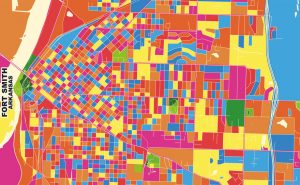
Life With, For, and About Type 3/Severe VWD
As an outsider peeking in it is easy to see how Von Willebrand Disease owns the life of Cody Kester. Yet because of VWD Cody has launched a journey now filled with creativity, advocacy, and high gear activism.
When he was 7, Cody and his younger brother, along with best friend Austin Holland (a severe Hemophiliac) went to Camp Nopokamee in Little Rock. Cody and Austin later became counselors and now serve as Co-Directors of the Camp and its Foundation. The non-profit camp organizes volunteers and medical staff to provide a camping experience for kids with severe bleeding disorders. This year the camp was closed because of COVID and it broke Kester’s heart to disappoint campers who look forward all year long to this time of “normalcy”.
In 2017 Kester began serving a 2 year term as President of the Hemophilia Foundation of Arkansas. His primary role at the Foundation was oversight of its committees for events, training, and advocacy, and serving as the Foundation presence at conferences. Of this experience he recalls, “I was only 25 in this role and a sponge in absorbing everything around me. My VWD has made me very driven to help inform younger generations about this disease. The older I get the more I see there is a lot of good to be done.”
In 2018 Cody was part of the Young Advocacy Summit sent to Washington by the Hemophilia Foundation of America (HFA) to educate, advocate, and inform state senators and legislators about bleeding disorders; particularly as they impact The Affordable Care Act, pre-existing conditions and concerns of marginalized citizens.
In 2019 he joined AFFIRM (A Fellowship For Integrating Responsible Mentors). An international advocacy and leadership development program designed to mentor men and women with bleeding disorders, AFFIRM requires a two-year commitment from Kester. Its goals are ambitious: to harness and empower young adults like Kester to change attitudes, treatments of care, and quality of life for those with bleeding disorders.
A Menagerie of Influences
Many people have influenced Cody Kester’s short but rapidly evolving life. He refers to these guiding stars as his “menagerie”, and he has thoughtful compartments in which he has calculated their unique contributions.
His grandfather’s advice was “say yes to every opportunity given to you…and then ask for help.” According to Kester, “this says a lot about your character….. it implies you’re willing to take risk and also gives you room to accept the support you need to succeed.”
“My grandmother was my GPS and all about going to college. To her, A plus B equals C. It’s all a matter of sequencing.”
“Getting connected to VWD Connect Foundation has changed my world. I went to its first conference in 2017 and discovered I was not alone but among a ‘family’ with Type 3/Severe VWD. In 2019 I came eager for specific information around new treatments and more. I needed to have my wisdom teeth out and I left that conference with an appointment and plans all locked in place for me. That was amazing access to expertise found right there.”
For sure, Cody Kester will be a future “influencer” of someone with VWD. Because as he puts it “I’m ready to give back.”
Cindy Connelly is a marketing strategist and communications writer living in Boston.
To find out how you can be a part of VWD Connect Foundation, please visit our Donation page and consider becoming a volunteer.
